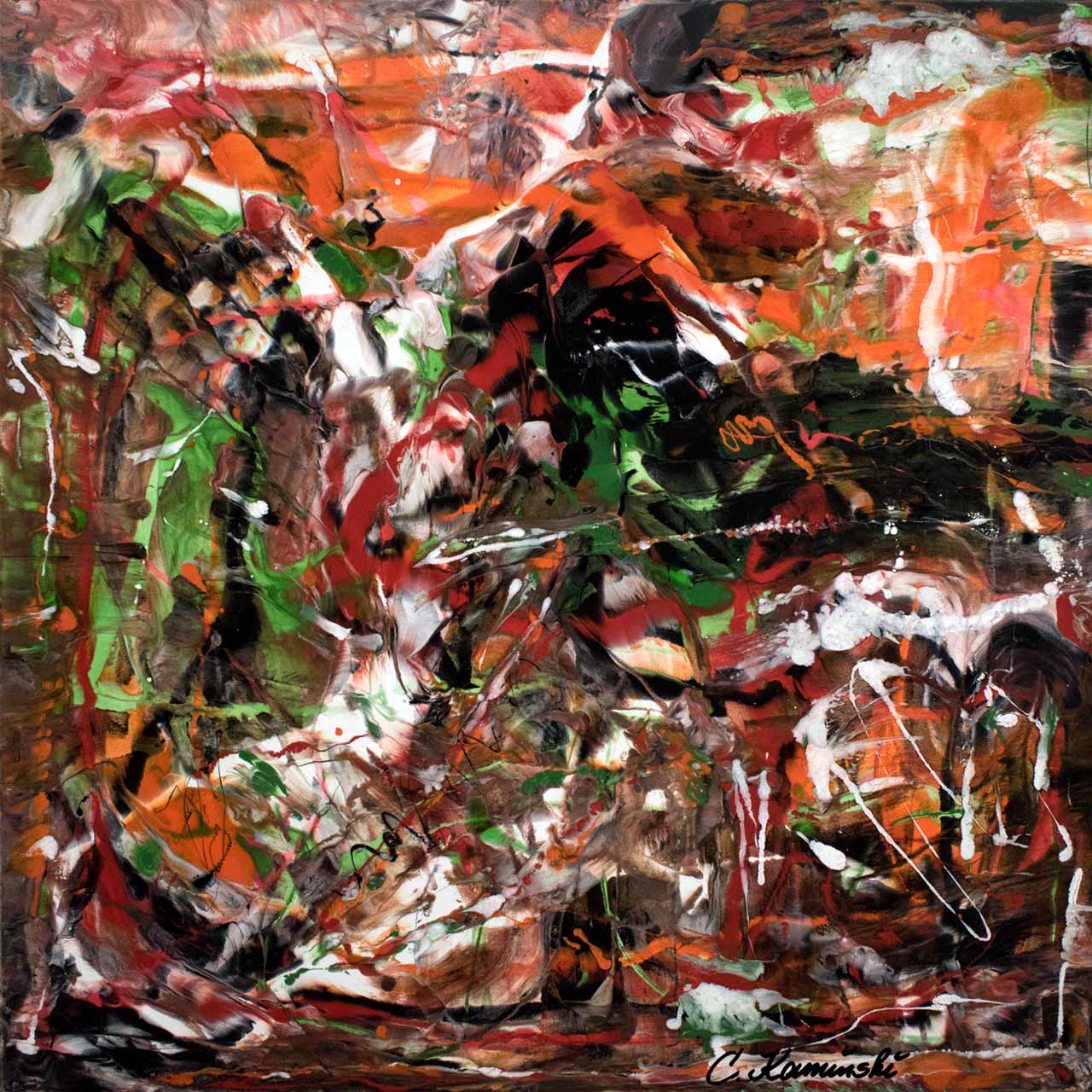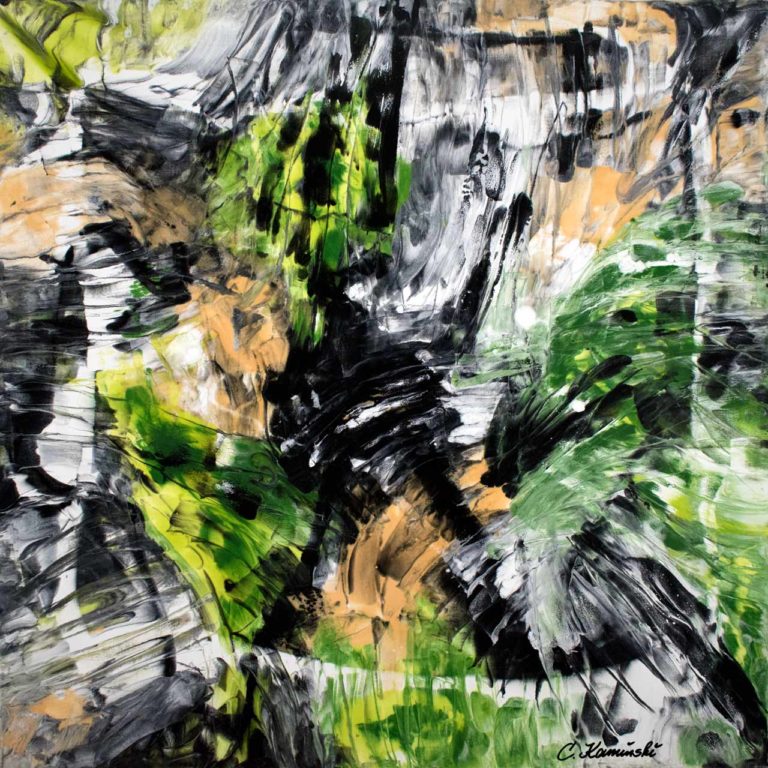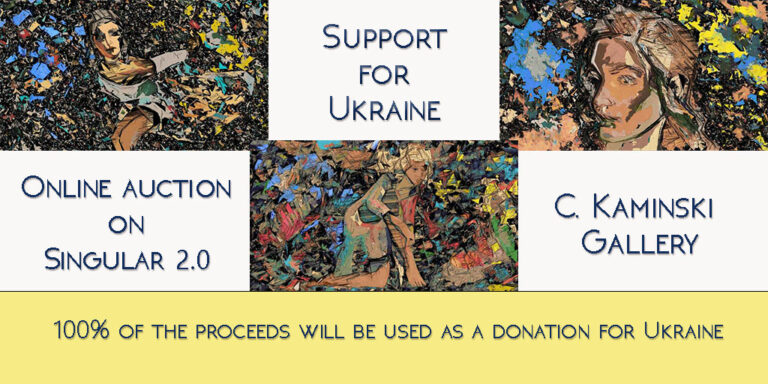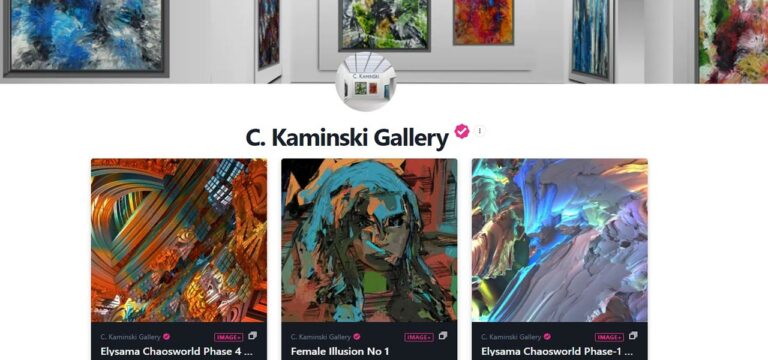The fusion of tradition and DeFi: real-world assets and NFTs on the blockchain
Introduction
The tokenization of real-world assets (RWAs) is a disruptive innovation in finance that is fundamentally changing the way we own and manage assets. With a projected market size of $16 trillion by 2030, it is essential to understand this pioneering technology.
What is RWA tokenization?
Real-world asset (RWA) tokenization is a process that converts the ownership rights of physical or digital assets into digital tokens on a blockchain platform. This tokenization makes it possible to bring different types of assets, such as real estate, artworks, commodities and financial instruments, into tradable and fractionally ownable digital forms.
At the core of RWA tokenization is the creation of digital tokens that represent a share, stake or ownership in a real asset. These tokens are issued on a blockchain that provides a secure and transparent ledger for recording ownership and token transfers. Blockchain technology not only facilitates proof of ownership, but also guarantees the immutability of transaction history and strengthens the trust of market participants.
The tokenization of assets allows issuers to offer a more divisible and often more accessible form of ownership. This can lower barriers to entry for investors, increase liquidity and enable a broader distribution of asset ownership. In addition, the process promises greater efficiency in asset management and transfer, lower costs and strengthened market resilience.
The tokenization of RWAs is still at an early stage of development, but has the potential to fundamentally change the financial markets. By democratizing access to assets, increasing liquidity and improving efficiency and transparency, the tokenization of RWAs can create new investment opportunities and make the financial system more efficient overall.
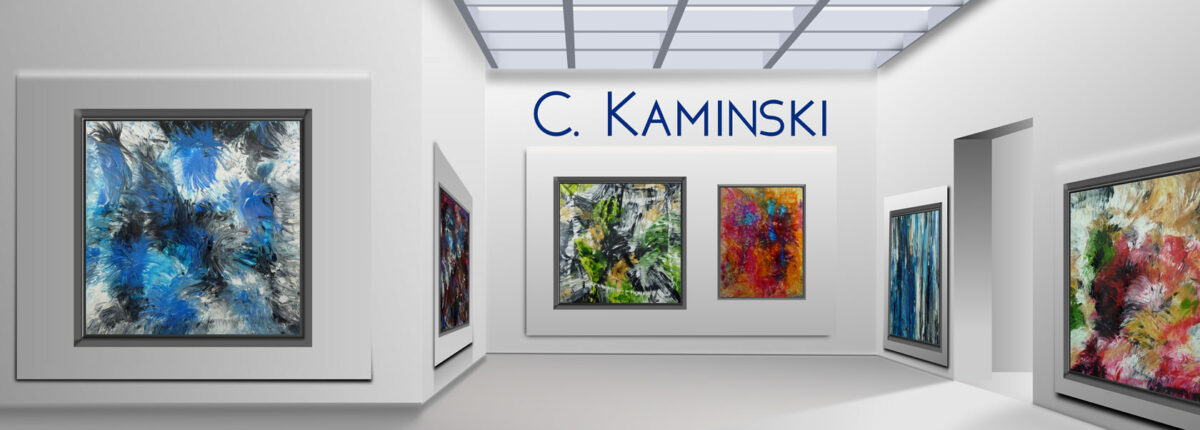
How does it work?
At the core of RWA tokenization is the creation of digital tokens that represent a stake, share or ownership in a real-world asset. These tokens are issued on a blockchain that provides a transparent and tamper-proof register for recording the ownership and transfer of tokens.
Advantages of RWA tokenization
Tokenization of assets offers several advantages:
- Increased divisibility and accessibility: investors can invest in the smallest portions of assets, lowering barriers to entry and enabling broader participation.
- Improved liquidity: Tokenized assets can be traded on decentralized exchanges, resulting in higher liquidity and more efficient pricing.
- Reduced costs: Blockchain technology enables the automation of processes, reducing the cost of managing and transferring assets
- Increased transparency: All transactions involving tokenized assets are recorded on the blockchain and can be viewed by all participants.
The tokenization of real assets has the potential to revolutionize the financial world. By lowering barriers to entry, increasing liquidity and improving transparency, RWA tokenization can contribute to a more inclusive and efficient financial system.
The asset tokenization
Asset tokenization is a process that converts real-world assets into digital tokens on a blockchain. These tokens can then be sold to investors, providing access to new asset classes and increasing the liquidity of existing markets.
The process of asset tokenization can be broken down into the following steps:
- Asset selection and structuring: the first step is to select a suitable asset for tokenization. This can be anything from real estate and artwork to stocks and bonds. Once an asset has been selected, it needs to be legally structured to enable the issuance of tokens.
- Due diligence and valuation: Before tokenization, the asset undergoes thorough due diligence to confirm its legitimacy and value. A valuation is then carried out to determine the current market value of the asset.
- Token creation and issuance: Tokens are created on a blockchain platform and represent shares in the underlying asset. The tokens can be designed to comply with existing standards to ensure compatibility with a variety of wallets and exchanges.
- Distribution and trading: The tokens can then be sold to investors, either through private placements or public offerings. Once issued, the tokens can be traded on secondary markets, providing liquidity to investors.
- Regulatory and compliance management: Token issuers must comply with applicable securities laws and regulations. This includes the disclosure of information about the asset and the tokens as well as the implementation of anti-money laundering and anti-terrorist financing measures.
- Asset management and maintenance: The issuer of the token is responsible for the management of the underlying asset. This includes maintaining the asset, collecting rental income (in the case of real estate) and maintaining the security of the asset.
Tokenization of assets offers several advantages:
- Increased access to investment: Tokenization allows investors to invest in new asset classes that were previously inaccessible to them.
- Increased liquidity: Tokens can be traded on secondary markets, providing investors with liquidity and the ability to value their investments
- Increased efficiency: tokenization can make the processes associated with issuing and trading assets more efficient
- Improved transparency: Blockchain technology makes it possible to track the entire lifecycle of a token, resulting in improved transparency for investors.
The tokenization of assets is a new and innovative area with the potential to fundamentally change the financial markets.
Examples of real-world assets
Real-world assets (RWAs) are physical or financial assets that exist in the real world. Real-world assets are everyday items of value that can be owned.
These include:
- Works of art, art projects and collectibles (paintings, sculptures and other valuable objects)
- Intellectual property (music, patents)
- Real estate (land, residential and commercial property, buildings and other structures)
- Infrastructure projects
- Bonds and loans, securities representing ownership or debt interests in companies
- Company shares
- Raw materials and natural resources such as gold, oil or agricultural products
The advantages of RWA tokenization
Tokenization describes the process of digitally mapping ownership rights to an asset on a blockchain. A token represents a certain share of the real asset. This concept makes it possible to break down RWAs into smaller units. The tokenization of real assets (RWA) offers various advantages that benefit traditional financial markets and investors:
- Increased liquidity: by converting rights to physical assets into digital tokens on the blockchain, liquidity is increased. This enables easier trading and a broader buyer base.
- Reduced costs: Eliminating intermediaries such as lawyers, brokers and banks lowers the costs associated with operations. This leads to more efficient transactions and lower fees.
- Divisibility of assets: RWA tokens enable fractional co-ownership. More people can therefore invest in assets that normally have high barriers to entry.
- Lower minimum investment: Investors can invest in RWAs with smaller sums as tokenized assets are divisible
- Transparency: Blockchain technology ensures transparency and traceability in the management and transfer of assets. Transactions with tokenized assets are stored on the blockchain and can be viewed by all participants.
- Efficiency: RWA tokenization optimizes the purchase, sale and transfer of ownership of assets. Intermediaries become superfluous, resulting in faster payment times.
- Increased fungibility: Tokenized RWAs can be traded easily and quickly as they are interchangeable like shares, for example
Overall, the integration of RWA tokenization is revolutionizing the financial sector and creating new opportunities for investors and companies. Traditionally, RWAs are traded via exchanges, auction houses or direct transactions.
The technology behind tokenization
The tokenization of real-world assets is based on blockchain technology, which provides a decentralized and transparent platform. Here are some key concepts:
Smart Contracts: These self-executing contracts allow for the automation of transactions and compliance with rules. In the case of RWA tokenization, smart contracts can facilitate the buying, selling and transferring of assets.
Interoperability: Tokenization requires interoperability between different blockchains and protocols. Ethereum is currently the preferred platform for tokenization, but other blockchains such as Tezos, Polkadot and Solana are gaining traction.
Legal framework: Asset tokenization requires compliance with regulations and laws. Working with legal experts and considering regulatory requirements is crucial.
Liquidity and trading: Tokenization enables assets to be traded around the clock and around the world. This increases liquidity and access to investment opportunities.
Real World Assets (RWA) and NFT (Non-Fungible Tokens) in the art world: the tokenization of physical artworks
The tokenization of artworks has become increasingly important in recent years, particularly in connection with blockchain technology. This involves converting physical works of art into digital tokens that are represented on the blockchain. These tokens make it possible to share, trade and manage artworks while maintaining authenticity and ownership rights.
NFTs (Non-Fungible Tokens) are a special type of token that, unlike cryptocurrencies, are unique and not divisible. In the context of the art world, NFTs represent digital ownership of something unique, be it a painting, a digital work or a one-of-a-kind trading card. Here are some important aspects of tokenizing artworks in the context of real world assets and NFTs:
- Uniqueness, authenticity and traceability: each NFT represents a unique asset. Unlike cryptocurrencies such as Bitcoin, which exist in large numbers, NFTs are based on a cryptographic protocol of a blockchain that is unique worldwide. This means that NFTs cannot be exchanged, duplicated, shared or destroyed. Tokenization means that works of art can be uniquely identified and tracked. Each artwork receives a unique digital token that stores its origin, owner and transaction history.
- Digital representation of artworks: NFTs enable the digital representation of artworks on the blockchain. Each NFT is uniquely linked to a specific artwork and stores information about its origin, owner and transaction history.
- Liquidity and accessibility: Artworks are often illiquid assets. Tokenizing artworks in NFTs makes it possible to divide artworks into smaller shares and make them accessible to a wider range of investors. This boosts the art market and opens up new opportunities for collectors and investors.
- Management and trading: The management of artworks can be complex. Tokenization automates and transparently manages ownership rights. Artworks can be traded more easily without the need for physical transfers or complex contracts.
- Trust and authenticity: Blockchain technology offers a high level of trust and security. Art lovers can verify the authenticity of an artwork using the metadata of the token (NFT). This is particularly important for expensive works of art to avoid forgeries.
- Challenges and regulatory aspects: The tokenization of artworks also poses challenges, particularly with regard to legal and tax aspects. Regulatory authorities are working to create clear guidelines for the art market.
Overall, the tokenization of artworks in the context of real world assets and NFTs offers an exciting opportunity to democratize the art market, increase liquidity and make the art world accessible to a wider public.
The future of assets
The tokenization of real-world assets will continue to grow and revolutionize the financial industry. Studies predict that around 10 percent of the global gross domestic product will be tokenized by 2029. The tokenization of real-world assets is an emerging area that encompasses the interface between digital assets and traditional finance. Traditional assets are represented on blockchain platforms to enable faster settlements and increased efficiency. Corresponding legislative changes have already been introduced in response to this development. The future of the financial markets lies in tokenization; BlackRock, for example, is currently sending a strong signal for this development with the BlackRock USD Institutional Digital Liquidity Fund.
BlackRock and tokenization
BlackRock, the world’s largest asset manager, has taken an important step towards tokenization with the launch of the BlackRock USD Institutional Digital Liquidity Fund. This fund, tokenized on the Ethereum blockchain and referred to as BUIDL, marks a significant convergence of the traditional financial world with blockchain technology.
The vision of tokenization
BlackRock CEO Larry Fink emphasized in an interview with CNBC that Bitcoin (BTC) and Ethereum (ETH) ETFs are „just intermediate steps to tokenization and that’s the path we’re going to take.“ The vision is to convert traditional assets such as real estate, artwork, company shares and more into digital tokens to increase liquidity and democratize access to these assets.
Positive market response
Following the release of the BlackRock fund, the prices of tokens focused on RWA and those offering platforms and technologies for real-world assets rose. The tokenization of real-world assets promises a new era of ownership and efficiency. BlackRock is sending a strong signal for the future of the financial markets.
The future of asset tokenization and its impact on the investment and wealth management landscape
The rise of asset tokenization is expected to have a profound impact on the financial world. Here are some key aspects accompanying this change:
- Regulatory advances: As tokenization becomes more widespread, we expect regulatory guidelines to be refined. These will help to remove existing uncertainties and establish standardized practices. A clear framework will provide a secure environment for both issuers and investors.
- Integration with traditional financial systems: Tokenization will be seamlessly integrated with traditional financial systems. This will facilitate the exchange between digital and fiat currencies. In practice, traditional and digital assets will be virtually indistinguishable.
- Technical innovation: Blockchain technology, which serves as the basis for tokenization, is developing rapidly. New platforms will offer improved scalability, lower transaction costs and higher speeds. Layer 2 solutions and cross-chain interoperability will expand the potential of tokenized assets.
- Expansion of asset classes: While real estate, art and commodities are already commonly tokenized, there is likely to be a diversification of asset classes in the future. Intellectual property rights, personal data and even unconventional assets such as carbon credits and natural resources could also exist in tokenized form.
- Improved market efficiency: Tokenization aims to significantly increase market efficiency. By splitting assets and then democratizing investment opportunities, a more inclusive market will be created. This will lead to better price discovery and lower spreads as more market participants are involved.
- Greater geographical reach: Tokenization will overcome many geographical barriers and provide access to international investment opportunities. This global reach will encourage a smooth flow of capital across borders, supporting economic growth and diversification of investment portfolios.
- Enhanced asset management tools: The advancement of tokenization will lead to the development of advanced asset management tools that leverage AI and machine learning. These tools will provide predictive analytics, risk assessment and automated management strategies for tokenized assets.
Asset tokenization promises an exciting future that will fundamentally change the way we manage and trade assets.
In summary, the tokenization of real assets offers a wide range of opportunities. As technology advances and regulatory and operational frameworks continue to evolve, tokenization will become a central element in the future financial and investment landscape. These advances mark a transformative era for asset management and access to investment opportunities that will be closely watched by industry experts and observers alike.
